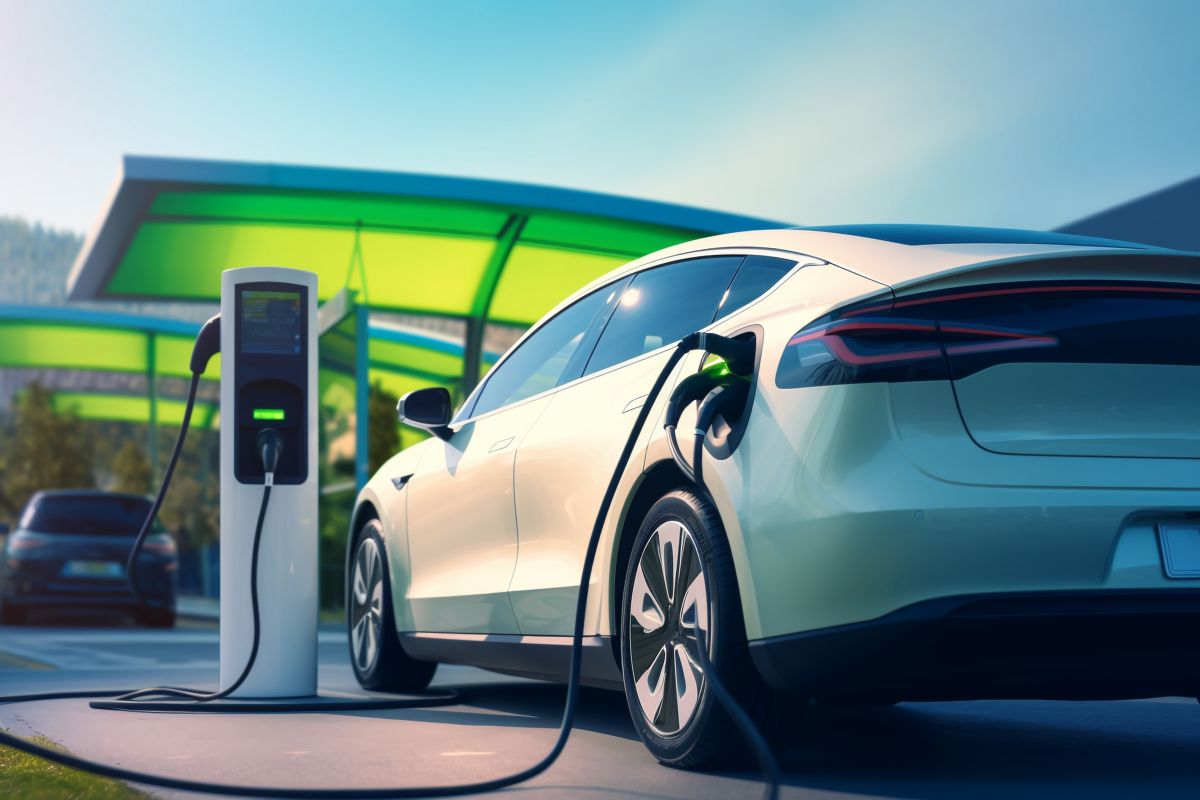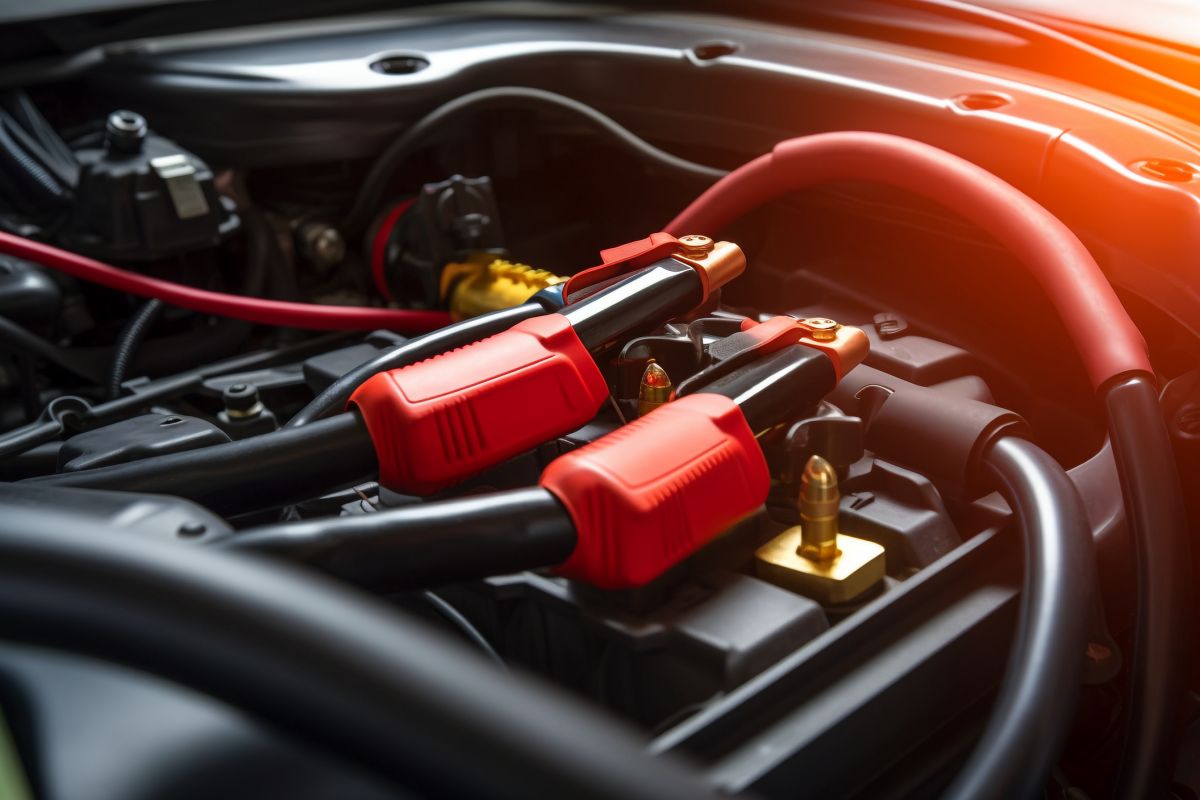
As global energy resources become increasingly scarce and environmental degradation worsens, energy conservation and emission reduction have become the main direction for the development of the global automotive industry. New energy vehicles include hybrid electric vehicles (HEV), battery electric vehicles (BEV), fuel cell vehicles (FCEV), hydrogen engine vehicles, as well as gas vehicles and alcohol-ether vehicles.
Compared to traditional fuel vehicles, hybrid and electric vehicles add many high-voltage components such as power batteries, high-voltage distribution boxes, drive motors, and motor controllers, which also place new demands on automotive cables. These cables are installed in the front compartment engine and chassis areas, where temperatures are high and space is limited, requiring cables to be flexible, have small bending radii, and exhibit good resistance to high and low temperatures. Additionally, due to complex road conditions and varying vehicle speeds, especially under harsh conditions such as full load climbing, cables must have the ability to withstand short-term overloads.

In summary, cables for new energy vehicles must have good electrical insulation, thermal stability, weather resistance, corrosion resistance, oil resistance, excellent flame retardancy, and superior comprehensive mechanical properties such as high flexibility and tear resistance.
Currently, insulation materials for automotive power cables include cross-linked polyethylene and thermoplastic elastomers. Cross-linked polyethylene materials have a heat resistance of up to 150°C, but the cables made of this material are relatively stiff, making them difficult to install in small vehicle spaces, and require irradiation cross-linking, which complicates the process. Thermoplastic elastomer materials, on the other hand, have a heat resistance of not more than 125°C and are suitable for power cables with lower temperature ratings, but there is a risk of cracking with prolonged use.
In contrast, silicone rubber exhibits resistance to high and low temperatures, ozone, weather, and excellent electrical insulation. Silicone rubber cables have a large current-carrying capacity, which saves conductor cross-sections and can meet the requirements of long-term full-load operation. They can achieve flame retardancy by adding flame retardants and have high flexibility, making them easy to install in limited spaces. Additionally, silicone rubber has high tear resistance, with a trouser tear strength of up to 25N/mm. Therefore, silicone rubber materials can complement the advantages of cross-linked polyethylene and thermoplastic elastomer materials while reducing vehicle weight and carbon dioxide emissions, making them an excellent choice for automotive power cables.

